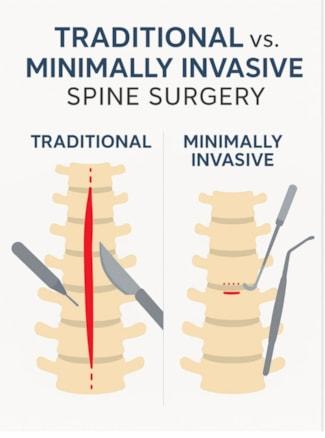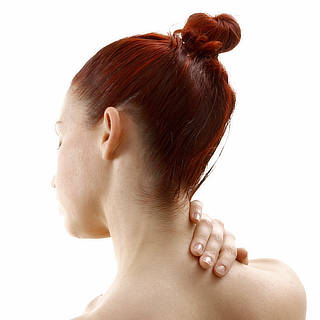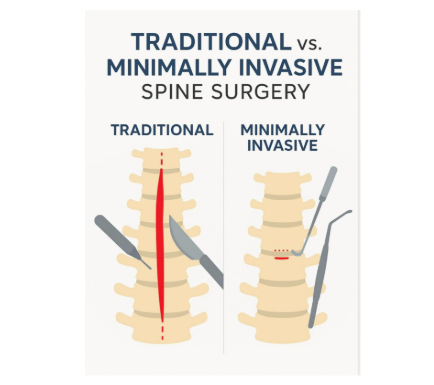The Spine & Back Blog
Understanding Spinal Stenosis: Symptoms, Causes, and Treatment Options
Spinal stenosis is a condition where the spaces within your spine narrow, placing pressure on the spinal cord or nerves. At Neuroscience & Spine Center of the Carolinas (NSSC) in Gastonia, NC, we provide expert diagnosis and treatment—helping patients relieve pain, restore mobility, and improve quality of life.
 Symptoms of Spinal Stenosis
Symptoms of Spinal Stenosis
Spinal stenosis symptoms can develop gradually and may include:
- Back or leg pain that worsens when standing or walking
- Numbness, tingling, or weakness in the arms, hands, legs, or feet
- Neck pain or stiffness (cervical stenosis)
- Difficulty walking long distances
- Loss of bladder or bowel control in severe cases (requires immediate care)
Causes of Spinal Stenosis
The most common cause is age-related degeneration, but other factors include:
- Arthritis and bone spurs
- Herniated or bulging discs
- Thickened ligaments
- Spinal injuries or fractures
- Congenital narrowing of the spine
Treatment Options at NSSC
We create personalized treatment plans to address each patient’s needs and lifestyle.
Non-Surgical Treatments:
- Physical therapy
- Anti-inflammatory medications
- Epidural steroid injections
Surgical Options (Minimally Invasive When Possible):
- Laminectomy
- Foraminotomy
- Minimally invasive decompression
- Spinal fusion for instability
Why Choose NSSC for Spine and Back Care?
- Led by Dr. William D. Hunter, a board-certified neurosurgeon with extensive experience
- Advanced minimally invasive techniques for quicker recovery and less discomfort
- Patient-focused care with treatments tailored to your goals
Neuroscience & Spine Center of the Carolinas - Gastonia Back Pain Treatment Experts
Looking for back or spine pain relief in the Gastonia, NC area? Contact us today and learn how we can help.
At Neuroscience and Spine Center of the Carolinas (NSSC), we specialize in minimally invasive spine surgery (MISS)—a modern, patient-centered surgical technique that treats spine conditions through small incisions with precision tools and less disruption to surrounding tissue.
 What is Minimally Invasive Spine Surgery
What is Minimally Invasive Spine Surgery
Minimally invasive spine surgery (MISS) uses specialized instruments and advanced imaging guidance to access and treat problem areas of the spine with greater accuracy and less trauma to muscles, ligaments, and nerves. It’s ideal for treating conditions such as:
- Herniated or bulging discs
- Spinal stenosis
- Degenerative disc disease
- Sciatica and nerve compression
- Some forms of spinal instability
Rather than large incisions and lengthy hospital stays, MISS is designed to help you recover quicker, safer, and with fewer complications.
Key Benefits of MISS
- Smaller Incisions – Typically 1–2 inches vs. traditional 4–6+ inches
- Less Muscle Disruption – Leads to reduced post-op pain and faster healing
- Minimal Blood Loss – Less need for transfusions
- Lower Risk of Infection – Due to smaller wounds and shorter surgical time
- Shorter Recovery Times – Many patients return home the same day or next
- Faster Return to Daily Life – Resume work and activities with less downtime
At NSSC, your care is led by Dr. William Hunter, a board-certified neurosurgeon with over a decade of experience in both traditional and advanced spine procedures. Our approach is conservative, compassionate, and personalized.
Back Pain? Schedule a Consultation at Our Gastonia Office
If you’ve been living with pain that limits your movement, your sleep, or your ability to enjoy life, schedule a consultation today. We’re here to help you get back to doing what you love, pain-free.
Neck pain is one of the most common complaints we see at Neuroscience and Spine Center of the Carolinas. And it’s no surprise. Between daily activities like working at computers, driving, and simply dealing with the stresses of modern life, your neck endures a lot of strain.
When neck pain becomes persistent or severe, it can affect every part of your life. From your ability to work and exercise to your overall mood and quality of sleep.
Dr. William Hunter, MD, a Board-Certified Neurosurgeon with extensive expertise in complex spine care, leads our team in providing expert diagnosis and both non-surgical and surgical treatments to help you find lasting relief.
Common Symptoms of Cervical (Neck) Pain
 Neck pain can present in different ways depending on the cause. Symptoms may include:
Neck pain can present in different ways depending on the cause. Symptoms may include:
- Persistent or sharp pain in the neck
- Stiffness and decreased range of motion
- Pain radiating to the shoulders, arms, or hands
- Numbness or tingling in the arms or fingers
- Headaches, often originating at the base of the skull
- Muscle weakness in the arms or hands
- Difficulty maintaining balance or coordination in severe cases
Early evaluation is important, especially if symptoms interfere with daily activities, worsen over time, or are associated with neurological changes like numbness or weakness.
Common Causes of Neck Pain
There are many potential reasons for cervical spine pain, including:
- Degenerative Disc Disease: Age-related wear and tear can cause discs between the vertebrae to break down, leading to pain and stiffness.
- Herniated or Bulging Disc: When a spinal disc presses on a nearby nerve, it can cause radiating pain, numbness, or weakness in the arms.
- Spinal Stenosis: Narrowing of the spinal canal, often due to arthritis or bone spurs, which puts pressure on the spinal cord or nerves.
- Cervical Radiculopathy ("Pinched Nerve"): Nerve compression resulting in pain, numbness, or weakness radiating from the neck into the arms.
- Trauma or Injury: Whiplash from car accidents, sports injuries, or falls can cause acute or chronic neck issues.
- Postural Strain: Long periods of poor posture, particularly from desk work, can lead to muscular strain and chronic discomfort.
Advanced Non-Surgical Treatment Options
In many cases, neck pain can be successfully treated without surgery. Our personalized, evidence-based approach may include:
- Physical Therapy: To strengthen the muscles supporting the neck and improve posture.
- Medications: Anti-inflammatory drugs, muscle relaxants, or pain relievers.
- Epidural Steroid Injections: Targeted injections to reduce inflammation around irritated nerves.
- Trigger Point Injections: For muscular pain relief.
- Lifestyle Modifications: Ergonomic assessments and exercise programs to prevent future flare-ups.
Dr. Hunter and our team work closely with each patient to develop a customized treatment plan focused on restoring function and relieving pain.
When Surgery Becomes Necessary
If conservative treatments fail to relieve symptoms, particularly if there is significant nerve compression or spinal instability, surgical intervention may be recommended.
Some of the advanced surgical options performed by Dr. Hunter include:
- Anterior Cervical Discectomy and Fusion (ACDF): A procedure where a damaged disc is removed, and the vertebrae are fused together to stabilize the spine.
- Cervical Disc Replacement: An alternative to fusion, preserving motion by replacing the damaged disc with an artificial one.
- Posterior Cervical Decompression and Fusion: Performed from the back of the neck for extensive nerve or spinal cord compression.
- Minimally Invasive Spine Surgery: Smaller incisions, less tissue disruption, and faster recovery whenever possible.
Dr. Hunter brings over a decade of surgical expertise, combined with a focus on minimally invasive techniques whenever appropriate, to ensure the best outcomes for our patients.
Why Choose Neuroscience and Spine Center of the Carolinas?
At Neuroscience and Spine Center of the Carolinas, we are committed to delivering comprehensive, compassionate, and cutting-edge care. Led by Dr. William Hunter, MD, we combine advanced diagnostics, evidence-based treatments, and patient-centered care to help you move better, feel better, and get back to the activities you love. Neck pain doesn’t have to control your life! Let us help you find the solution that's right for you. Contact us at our Gastonia, NC office to learn more.


